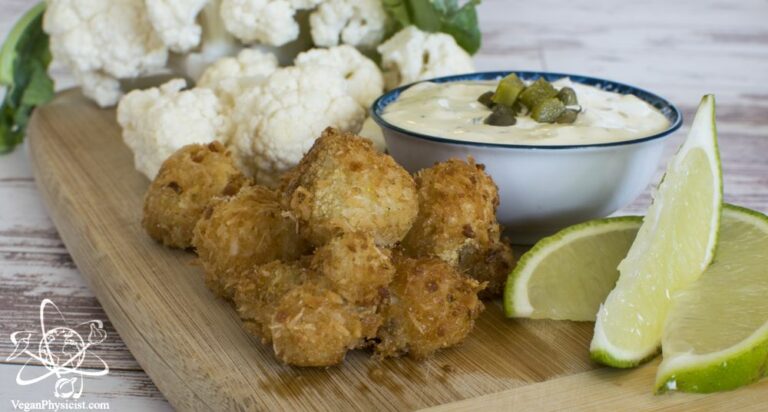Introduction: Micronesian Cuisine
Micronesia is a region in the western Pacific Ocean that consists of thousands of small islands. The cuisine of Micronesia is influenced by the indigenous cultures of the islands, as well as other cultures that have had an impact on the region over the years, such as Japanese, Spanish, and American. The cuisine is diverse and includes a wide range of seafood, fruits, vegetables, and meats.
Overview of Traditional Micronesian Food
Traditional Micronesian food is centered around seafood, including fish, crabs, shellfish, and seaweed. Other common ingredients include taro, yams, breadfruit, coconut, and pandanus. Meat is not a major part of the diet in most Micronesian cultures, but when it is consumed, it is often pork, chicken, or wild game.
Vegetarian and Vegan Options in Micronesian Cuisine
While traditional Micronesian food is not typically vegetarian or vegan, there are still a number of plant-based options available. Vegetarians may be able to find dishes that contain tofu, tempeh, or seitan, as well as various vegetables, fruits, and grains. Vegans may have more difficulty finding suitable options, as many dishes contain fish or seafood-based sauces and broths. However, with a bit of exploration, vegan options can still be found.
Popular Plant-Based Dishes in Micronesian Cuisine
One popular plant-based dish in Micronesian cuisine is Kelaguen, which is a salad made with raw fish and coconut milk. However, vegetarian versions of Kelaguen can be made with tofu or vegetables instead of fish. Another popular dish is Gollai Hagon Suni, which is a coconut milk-based soup made with taro leaves. This dish is typically vegetarian, though it may occasionally contain fish or seafood.
Ingredients to Watch Out for in Micronesian Cuisine
Vegetarians and vegans should be aware that many Micronesian dishes contain fish or seafood-based sauces and broths. Additionally, some dishes may contain animal products such as pork or chicken. It’s important to ask about the ingredients before ordering a dish, and to be aware of common ingredients that may be used in the cuisine.
Conclusion: Micronesian Cuisine for Vegetarians and Vegans
While traditional Micronesian cuisine is not typically vegetarian or vegan, there are still a number of plant-based options available. With a bit of exploration and a willingness to ask about ingredients, vegetarians and vegans can enjoy the flavors and ingredients of Micronesian cuisine. From tofu-based versions of Kelaguen to coconut milk-based soups, there are a variety of dishes to discover.

